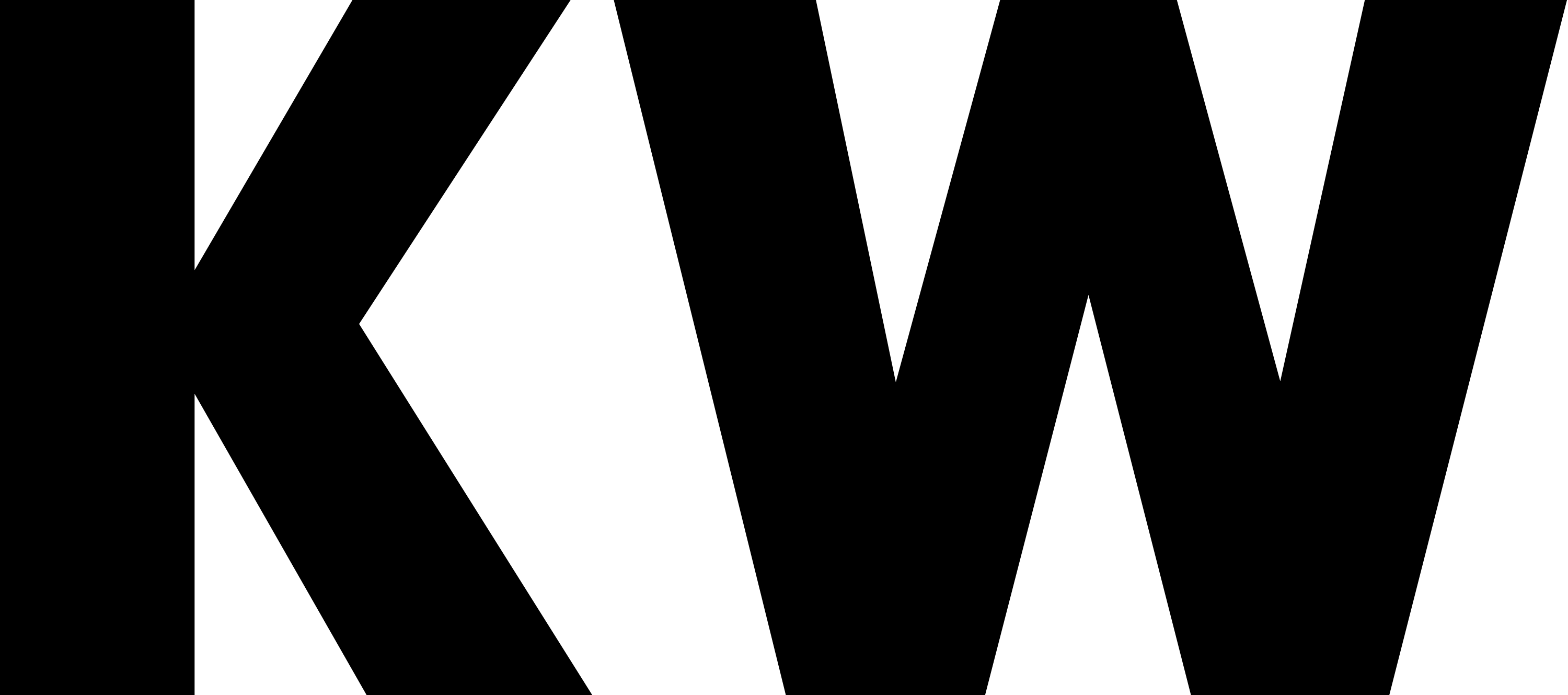Dyke TV
Incite, Subvert, Organize, and Provoke – Volume 2
25 July 19, 9.30 pm
Doors open from 9 pm
Venue: KW Courtyard
In English
RSVP to pogobar@kw-berlin.de
This is an all gender inclusive event.
Dyke TV parody of an anti-abortion ad called Life. What a Beautiful Choice., Courtesy Dyke TV
You’re watching Dyke TV, television to incite, subvert, organize, and provoke—the opening line of the first show of Dyke TV, a 1993–2005 TV broadcast show from, by, and for lesbians and LGBTQI communities. At peak times, it was distributed on 78 public access channels throughout the United States. Founded by Ana Maria Simo, Linda Chapman, and Mary Patierno, and based out of New York City, Dyke TV was produced through the voluntary collaborative labor of a network of hundreds of collaborators, seeking to increase visibility of lesbian history, daily life, activism, and international LGBTQI issues. Following a DIY approach, Dyke TV encouraged „every lesbian to pick up a video camera and aim.” Among the early collaborators and guests were many celebreated artists of the time and some who would only later become known to a wider mainstream audience, including Dorothy Allison, Ellen Cantor, Nicole Eisenman, Cheryl Dunye, Su Friedrich, Barbara Hammer, Yvonne Rainer, Sarah Schulman, Pamela Sneed.
Dyke TV’s diverse topics range from the murder of Brandon Teena, the latest Madonna sex gossip, to the everyday joys and sorrows of gay cowgirls, immigrants, athletes, officers and artists. The approximately 30-minute magazine-style shows included regular segments such as Lesbian Health, Workplace, Eyewitness, Sports, Arts, and audience favorite I Was A Lesbian Child, in which personal coming out and coming of age-stories of lesbian identity are told based on childhood photo albums.
The second screening presents a new selection of best of-segments from the first two years (1993–1994).
Special thanks to Ainara Tiefenthäler for making Dyke TV’s video archive accessible and for pulling the clips.


